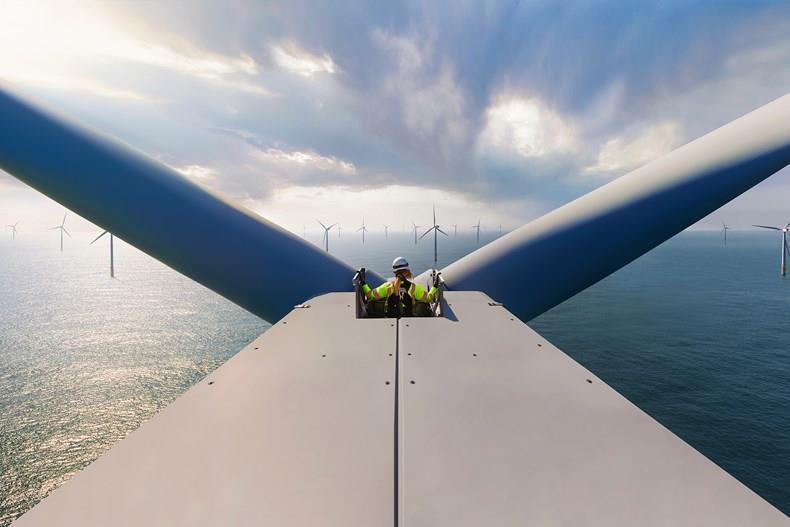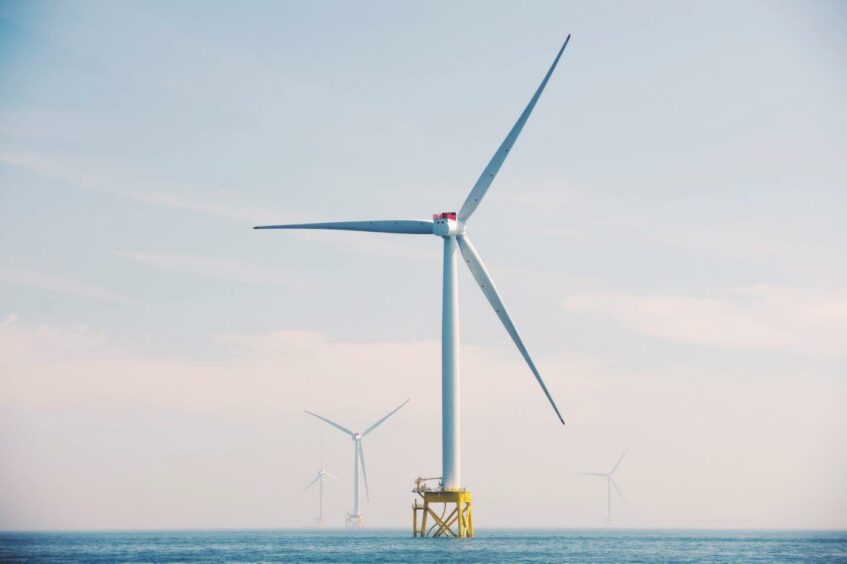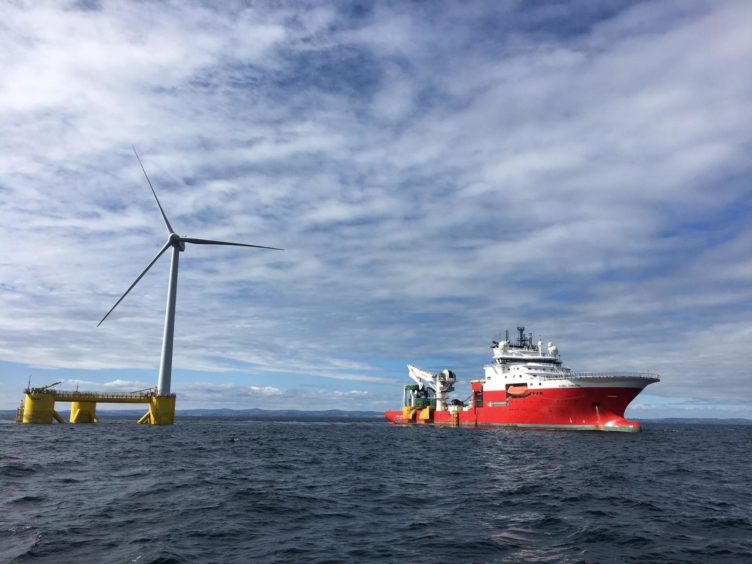
A “surge” in the number of people working in offshore wind is on the horizon, with billions of pounds forecast to flow into the sector.
Fresh research from the Offshore Wind Industry Council (OWIC) has spotlighted the industry’s potential as a “powerhouse” for job creation in the coming years.
As it stands the sector supports over 31,000 jobs in the UK, up 16% on the 26,000 jobs reported in last year’s survey.
Of those roles, 19,600 are direct jobs and 11,500 are indirect, with 30% of them located in Scotland.
That figure is tipped to skyrocket and, according to OWIC’s UK Offshore Wind Skills Intelligence Report, by 2030, the industry will employ over 97,000 people.
More than 60,000 of those will be in direct positions, with 36,000 benefitting indirectly.
Spend set to surge
Between 2022 and 2030, private investment in new offshore wind projects is expected to total £155 billion, taking the average annual spend to over £17bn a year.
This is significantly higher than the level of private investment reported last year, which showed an average annual spend of just over £10bn.
The increases reflect the “enormous expansion” of the UK’s total pipeline of offshore wind projects.

A growing pipeline
The Crown Estate and Crown Estate Scotland both announced the results of leasing processes in recent times, with each auction yielding 8 gigawatts (GW) and 25GW of potential capacity respectively.
Another significant factor identified by the report is the move to annual auctions for Contracts for Difference (CfD), which were previously held every two years.
UK energy minister Greg Hands said: “This report demonstrates the extraordinary potential of renewable energy to create jobs, drive investment and secure cheaper, clean electricity. We have ambitious plans to go even further as the UK becomes a global renewable energy powerhouse”.
Scotland to benefit on a scale ‘never seen before’
Charlotte Stamper, senior policy manager at Scottish Renewables, said: “Today’s UK Offshore Wind Skills Intelligence Report shows almost a third (30%) of the country’s offshore wind jobs are in Scotland.

“Recent announcements saw 25GW of projects awarded leases to develop in Scottish waters, up from just 1GW today.
“The benefits to Scottish communities which stem from this will be transformational: projects which were recently awarded seabed leases have committed to invest in Scotland – and specifically in supply chain businesses – on a scale never seen before, in any industry. This investment will deliver tens of thousands of skilled jobs, allow Scottish firms to compete in the global offshore wind market and revitalise communities from the Borders to the islands.”
Gender balance
There are also promising signs that the gender balance within the sector is improving, with the study showing the ratio of women working in offshore wind has increased slightly from 18% to 19.25%.
But the industry has been told it still has “some way to go” with the clock ticking to hit its target of 33% by 2030.
Apprentices make up 2% of the workforce, an increase of just 0.2% on a year ago due mainly to the impact of the pandemic, taking the industry closer towards its target of 2.5%.
But the report highlights the need to address the risk of recruitment gaps by introducing measures to increase the number of people with high-level electrical and digital skills entering the sector.
Melanie Onn, OWIC’s people and skills workstream lead and deputy chief executive of RenewableUK, said: “The UK offshore wind industry is a powerhouse for job creation. I’ve seen at first hand the way that my home town of Grimsby is being transformed by this dynamic sector which is bringing billions of private sector investment into coastal communities up and down the country.
“This report shows that we’re making rapid progress in seizing the economic benefits of the Green Industrial Revolution, and that we’ll need to continue to grow fast to ensure that we meet the Government’s target of 50 gigawatts of offshore wind by 2030 – a fivefold increase in our current capacity.
“That’s why it’s important for industry and Government to work together to address skills shortages in areas like electrical engineering and data analysis, so we can boost the number of high-quality green jobs in offshore wind throughout this decade.”
Danielle Lane, co-chairwoman of OWIC and UK country manager for Vattenfall, added: “The Government’s Energy Security Strategy puts offshore wind at the heart of our future green energy system.
“We’re working closely with Ministers to pull out all the stops so that we can built vital new green energy infrastructure projects as swiftly as possible to boost Britain’s energy independence. Attracting a diverse range of talented people into this sector is the key to accelerating our transition to home-grown clean power”.
Recommended for you

